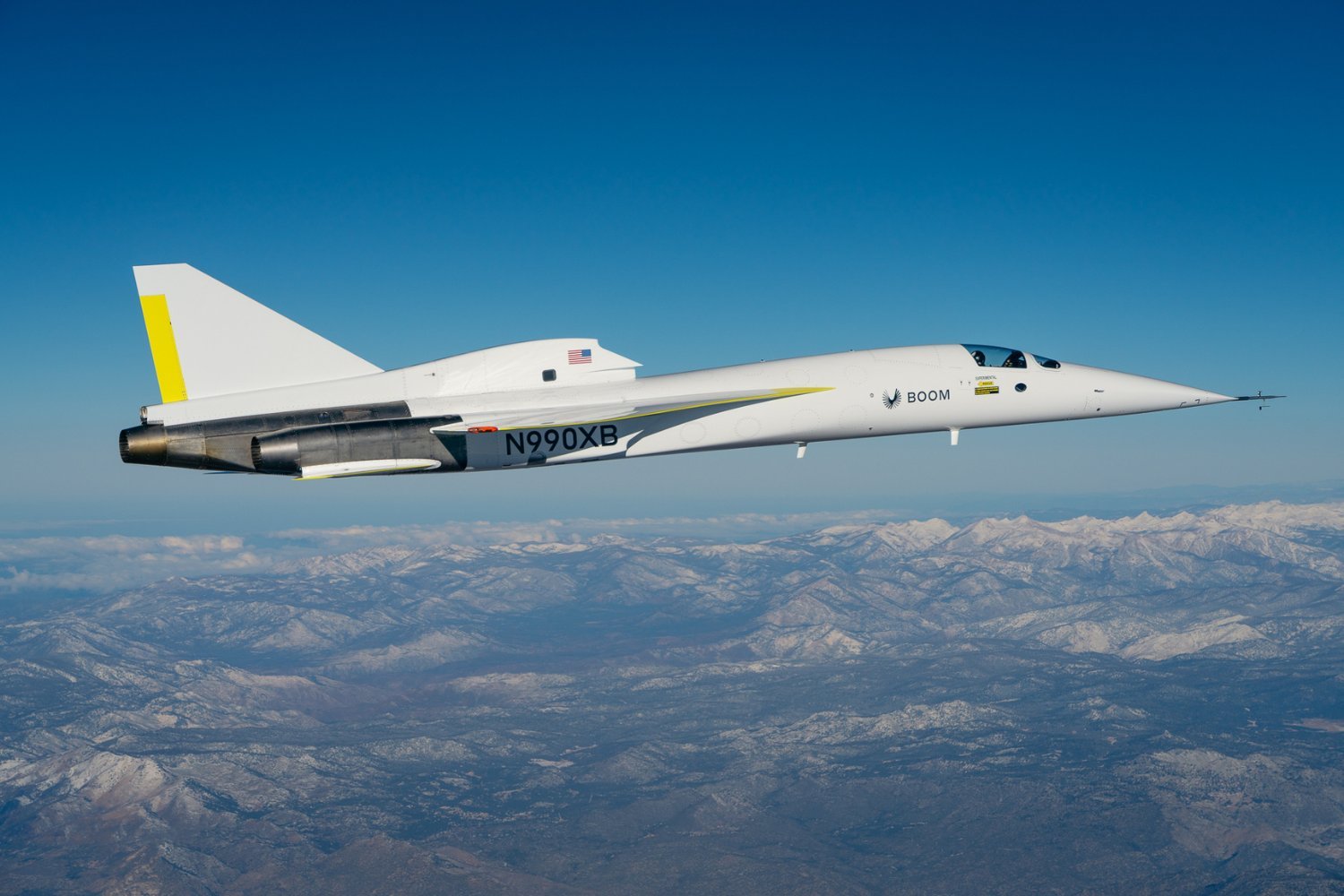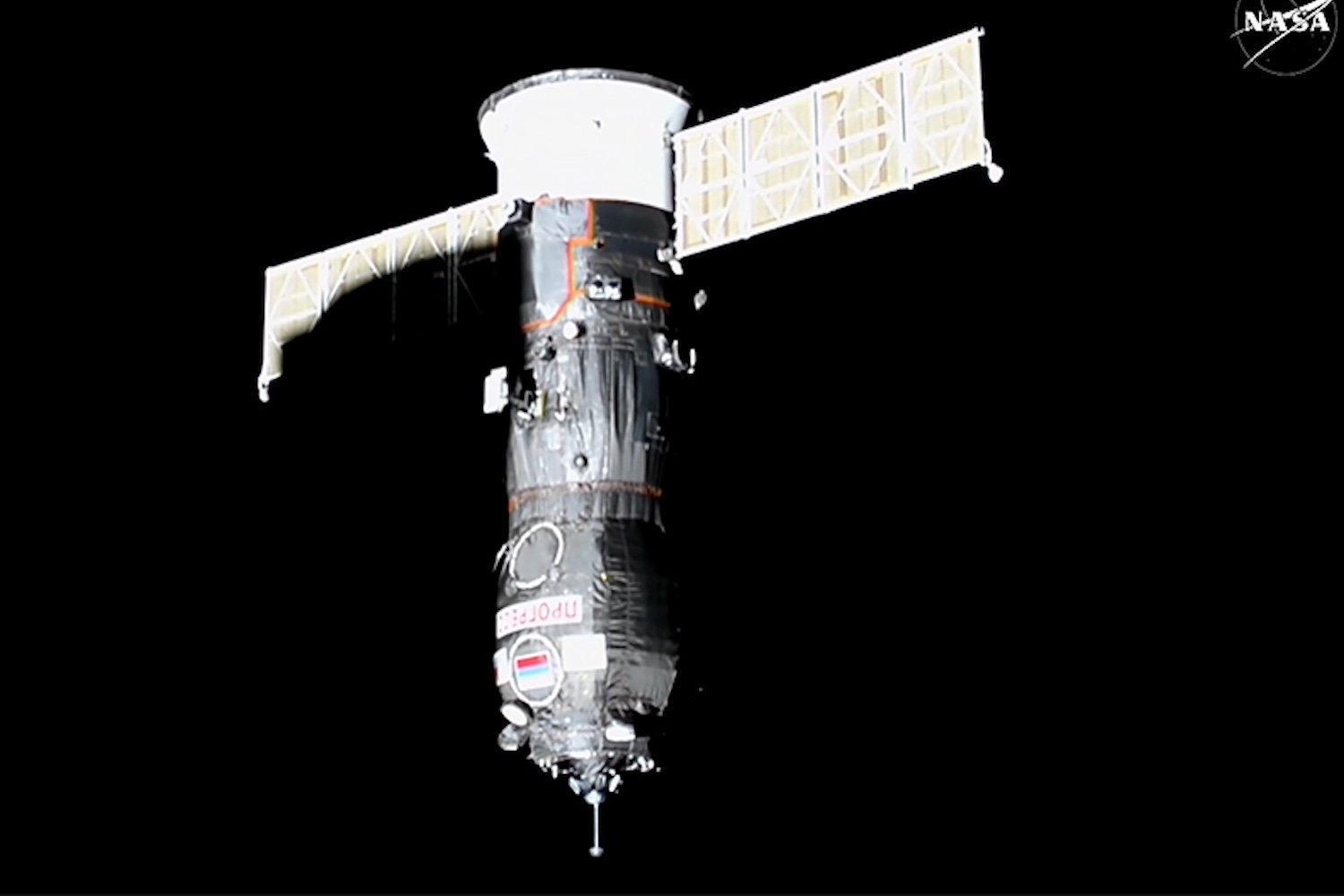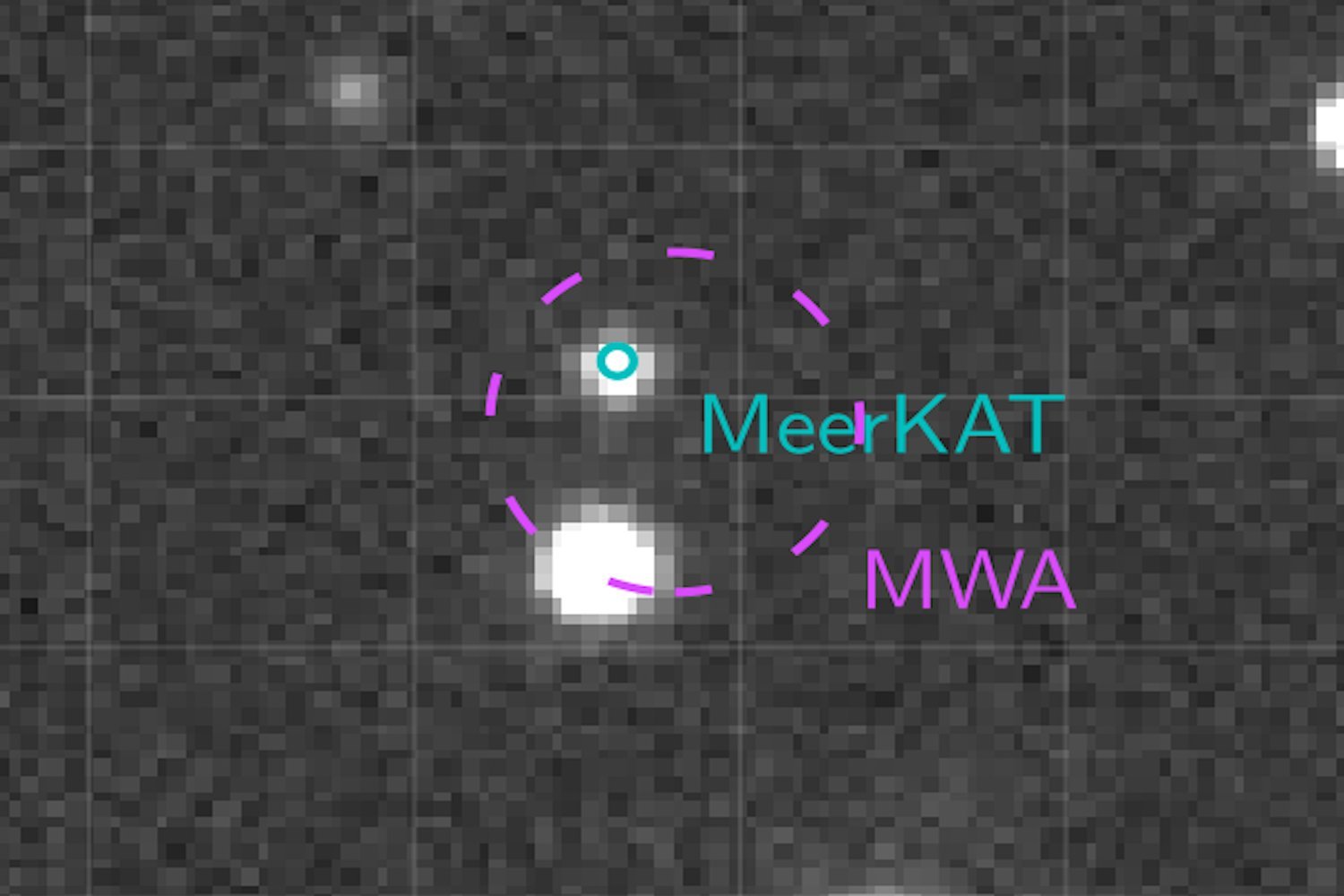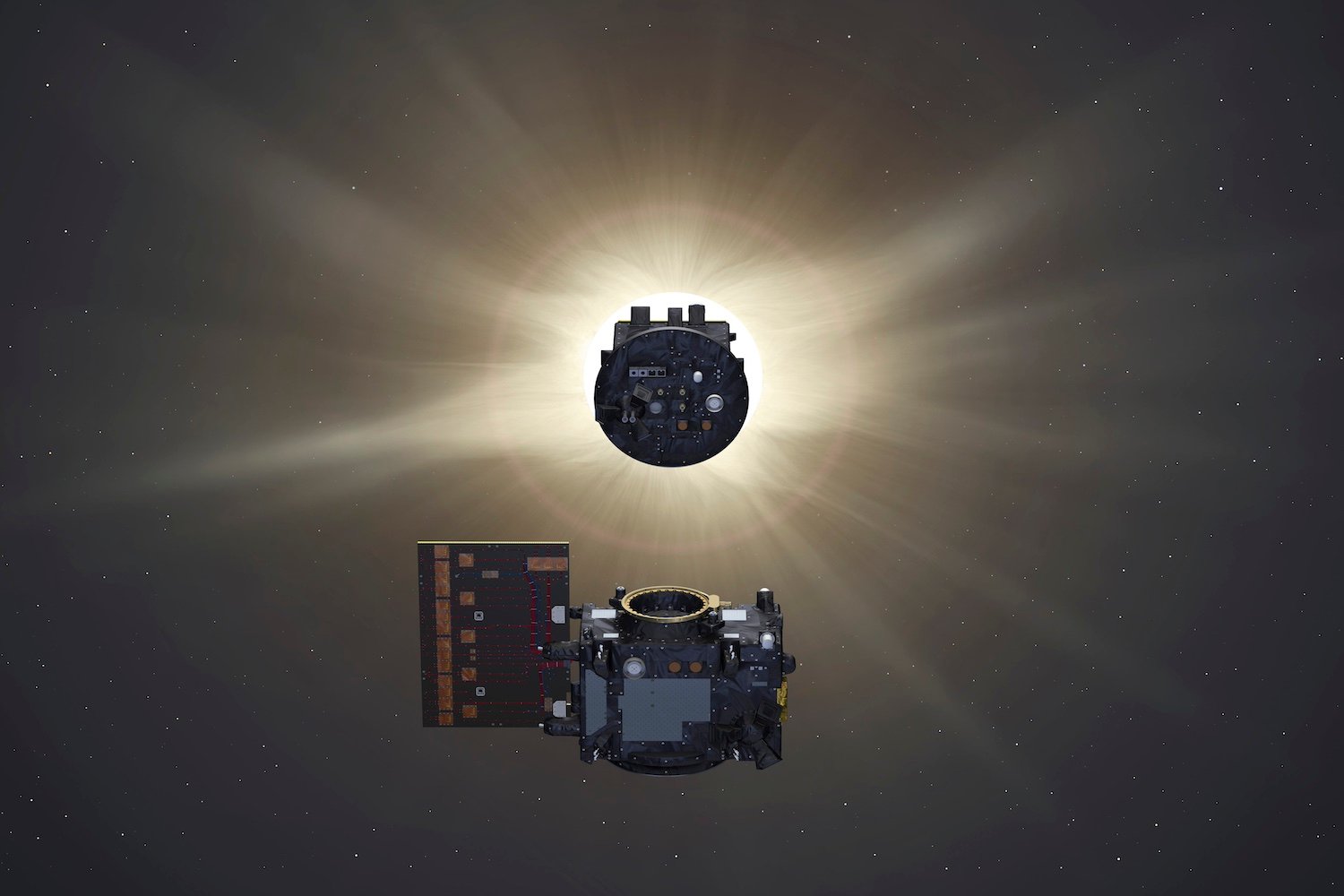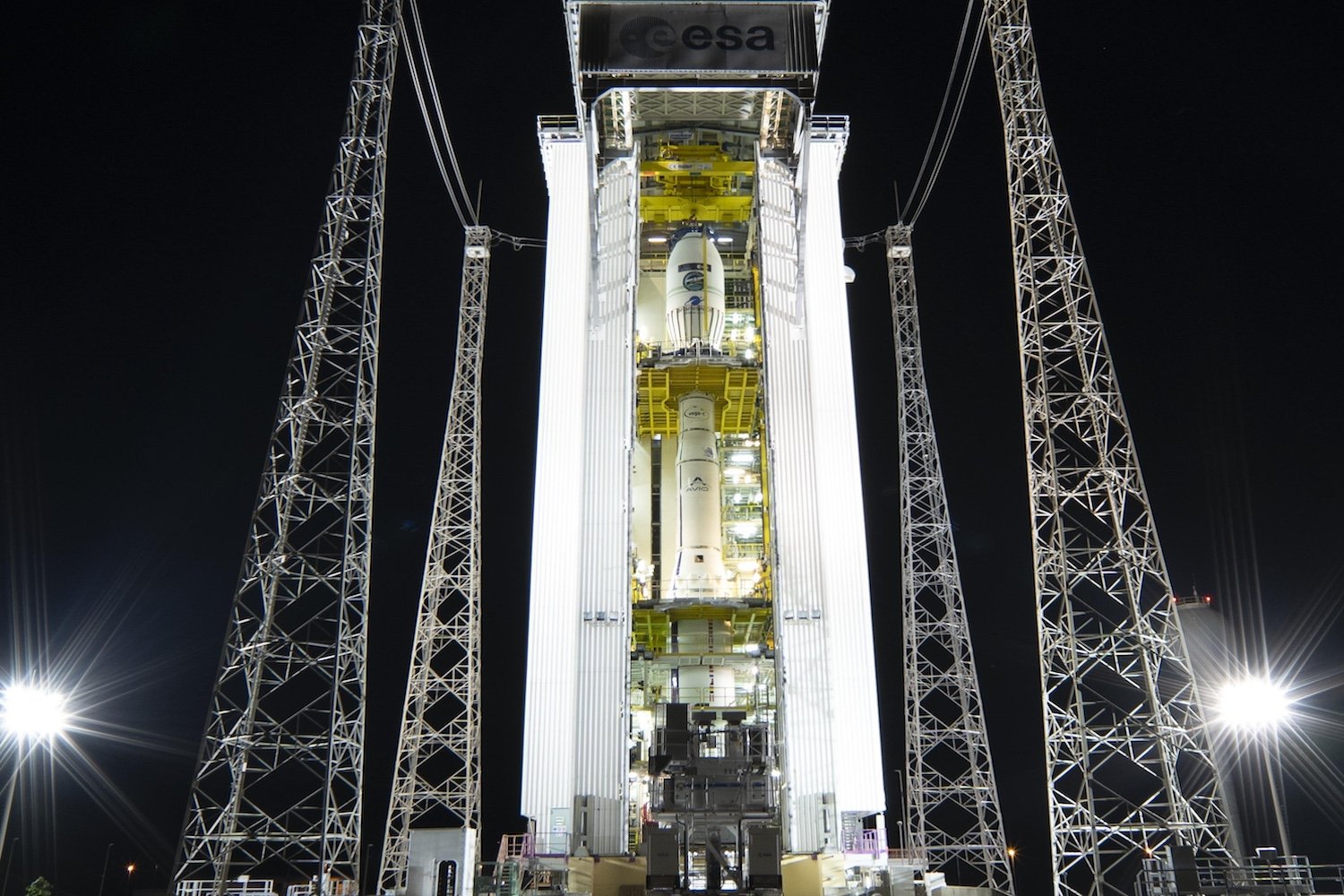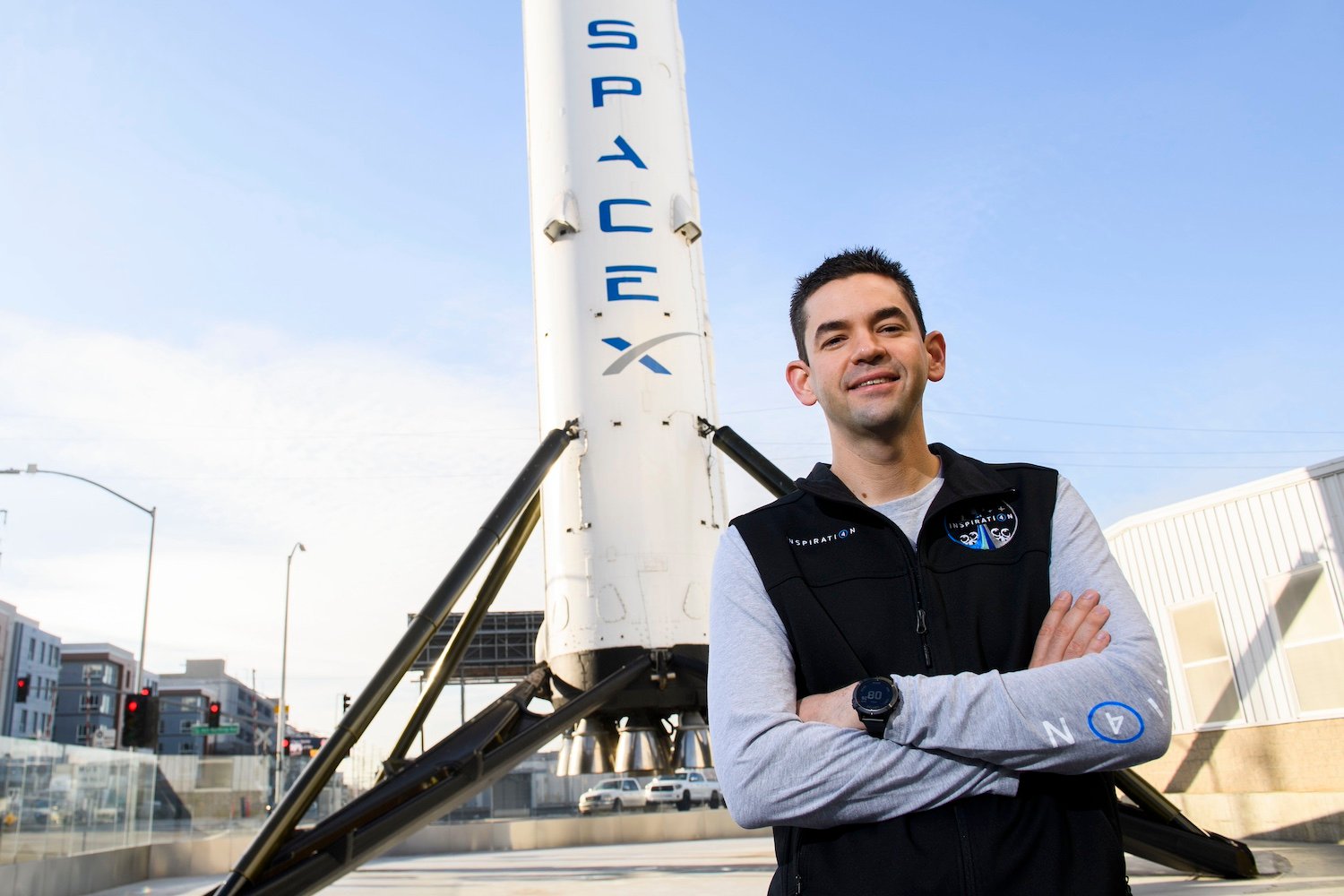Boom Supersonic’s XB-1 demonstrator aircraft recently completed its eighth flight, reaching a new altitude record and matching its top speed. This milestone signifies progress towards the company’s ambitious goal of reviving commercial supersonic travel. While the high costs of supersonic travel contributed to the industry’s decline, culminating in the Concorde’s final flight in 2003, private companies like Boom Supersonic and federal agencies are working to overcome these challenges.
On November 16, the XB-1 achieved a maximum altitude of 25,040 feet (7,632 meters) during a 54-minute flight. The aircraft also matched its current top speed of Mach 0.82. Since its maiden flight in March 2024, the demonstrator has steadily progressed through its flight test program. Boom Supersonic plans two more subsonic test flights before the XB-1 attempts to break the sound barrier.
Reaching Mach 1, the speed of sound (approximately 767 miles per hour or 1,234 km/hr), is a critical milestone. When an aircraft surpasses this speed, it creates a sonic boom, a loud and disruptive noise. Due to public concern over these sonic booms, the Federal Aviation Administration (FAA) banned civil supersonic flight over land in 1973.
Boom Supersonic’s efforts coincide with NASA’s development of the X-59 QueSST, a supersonic aircraft designed to minimize sonic booms. The X-59, with its distinctive stiletto shape, aims to reduce the sonic boom to a quieter “sonic thump.”
While the XB-1 serves as a technology demonstrator, Boom Supersonic’s ultimate objective is to introduce the Overture supersonic passenger jet. Although the XB-1 is designed to exceed the speed of sound, the Overture will fly at a reduced speed of Mach 0.94 (about 20% faster than subsonic aircraft) over land to comply with regulations.
The success of the X-59’s quiet supersonic technology could lead to the FAA revisiting its regulations on supersonic flight over land. The X-59 will undergo community overflight tests, gathering data on public perception of the reduced sonic boom. If these tests are successful, the FAA may consider modifying its regulations as early as 2027.
In the meantime, the Boom XB-1’s progress continues to pave the way for the return of commercial supersonic travel. With continued successful testing, the XB-1 will validate crucial technologies for the Overture and contribute to the ongoing efforts to make supersonic flight a viable and acceptable mode of transportation.



